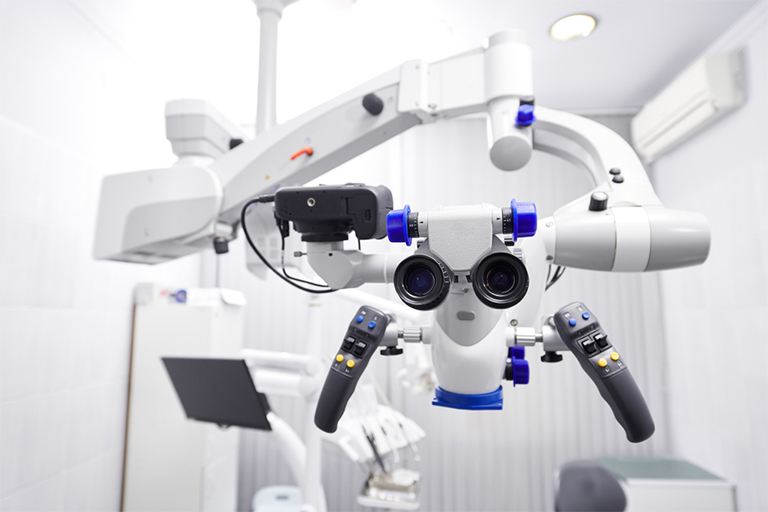Microscopic Surgery

Pain in the lower back (lumbar spine) and legs, among other symptoms, may occur when an intervertebral disc herniates – when the annulus fibrosus (tough, outer ring) of the disc tears and the nucleus pulposus (soft, jelly-like center) squeezes out, and places pressure on, or “pinches,” an adjacent nerve root.
Lumbar microdiscectomy is an operation that involves using a surgical microscope and microsurgical techniques to access and treat the lumbar spine. By providing magnification and illumination, the microscope allows for a limited dissection. Only that portion of the herniated disc, which is pinching one or more nerve roots, is removed. The term discectomy is derived from the Latin words discus (flat, circular object or plate) and -ectomy (removal).
Why is it done?
Pressure placed on one or more nerve roots by a herniated disc may irritate these neural structures and cause
- Debilitating leg pain
- Weakness and/or numbness in the legs and/or feet,
- Bowel/bladder incontinence
- Patients who suffer from these symptoms as a result of a pinched nerve are potential candidates for this operation.